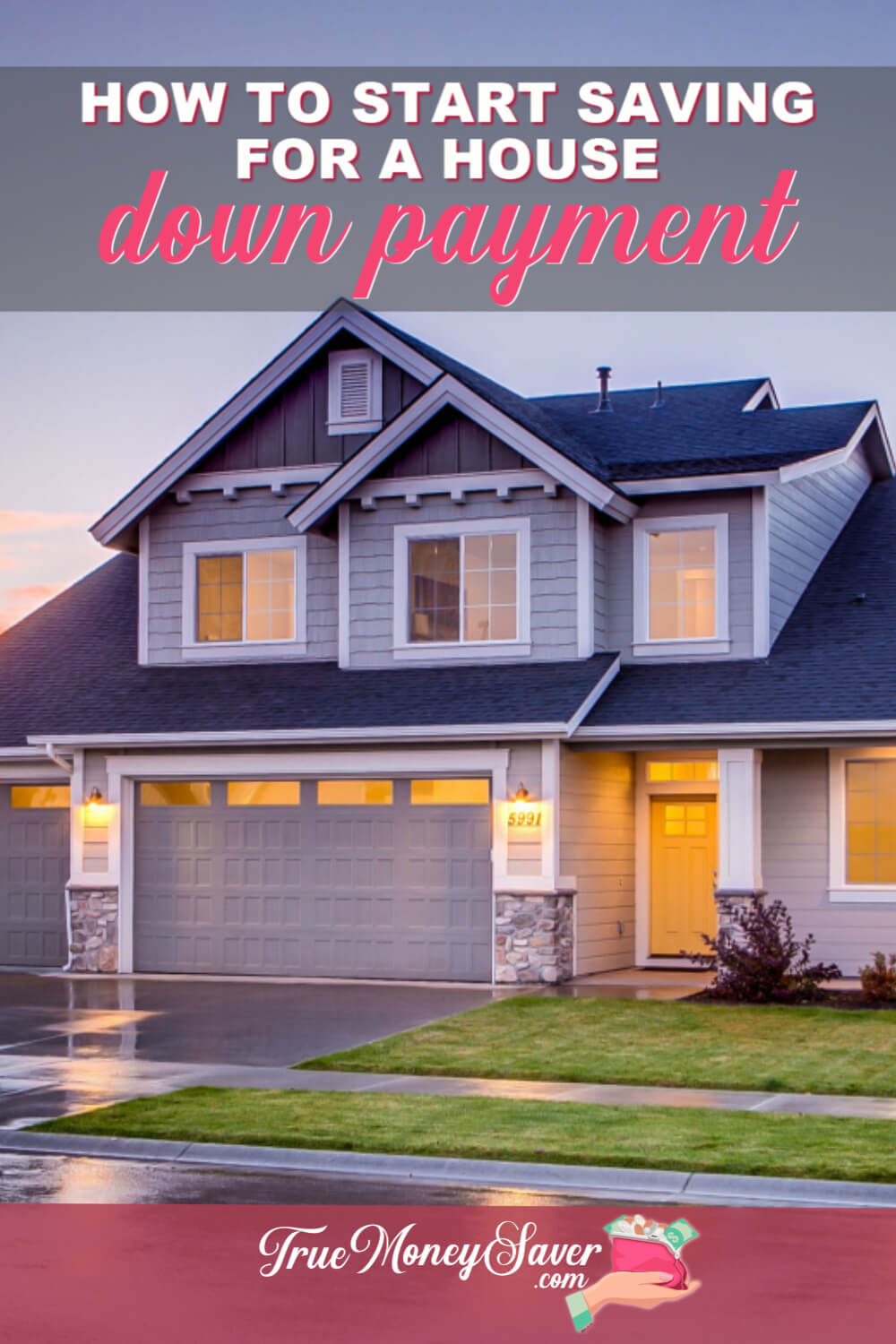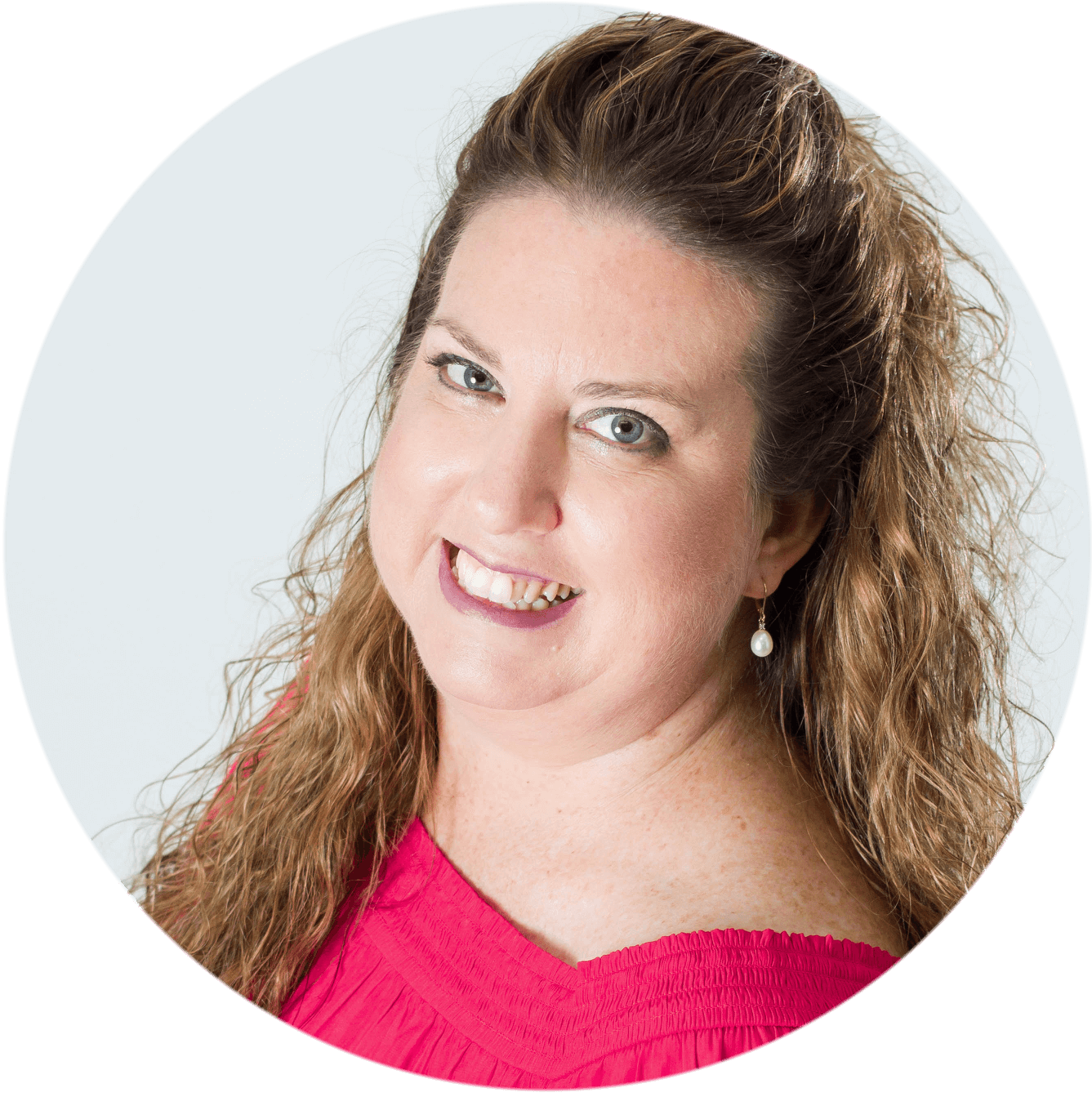 You may not be thinking about buying a house for a few years, but a down payment on a house could end up being thousands of dollars.
You may not be thinking about buying a house for a few years, but a down payment on a house could end up being thousands of dollars.
If you’ve already started thinking about saving up for a down payment, you might feel just a little overwhelmed.
Unlike retirement, the funds you put away for your home down payment will need to be accessed easily, so setting aside a little bit of money now may not get you very far later.
So now is the time to create a savings plan for a house down payment because you need one!
And, these house down payment tips will help you figure out what you need to know to get the amount you need.
Plus, saving money for a house down payment is really important so you can finally get into your dream home.
Buying a home is one of the largest purchases you’ll likely ever make in your life.
Start your home life off on the right foot by saving for a down payment right now!
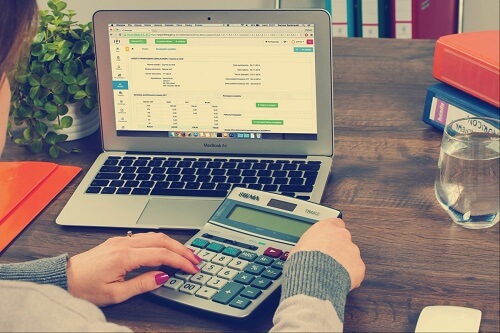
Plan On A 20% Goal
Before you start a savings plan for a house down payment, you need to know how much you’ll need to save.
Your bank or mortgage lender will be able to tell you how much mortgage you can qualify for, but a good rule of thumb is that your housing payment should not be more than about 25 percent of your monthly income (so you can calculate it without even needing to contact the bank).
Look at your paycheck to determine your monthly take-home amount and then multiply it by 25% to determine how much your mortgage payment would be. Use this calculator to figure out how much house you’ll be able to afford with that house down payment amount.
By planning on putting down 20% you will avoid what’s called PMI insurance (which costs you more money each month).
Having 20% down will also help you avoid higher interest rates and other fees.
BONUS FREE DOWNLOAD
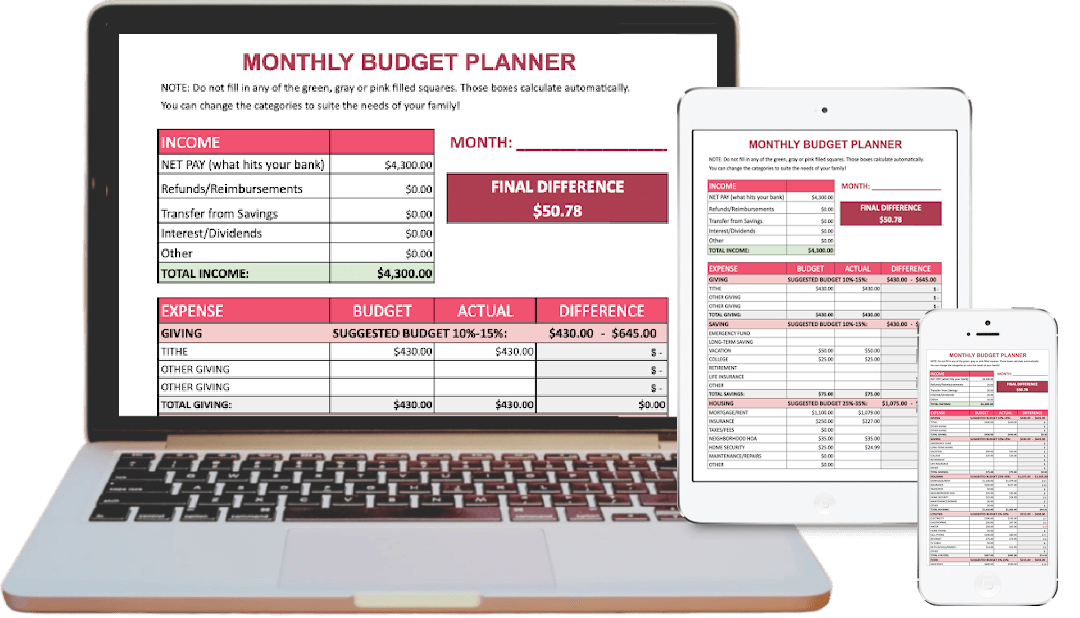
Create A Plan For Your Money
These FREE Budgeting Spreadsheets will help you keep a pulse on your money (from the palm of your hand).
Let’s Do A Quick Example To See How It Works:
Say you make $50,000 each year in salary.
Divide the $50,000 by 12 and you have $4,166 before any taxes or other things (such as health insurance) have been taken out.
Now let’s pretend that your take-home pay is $3,125 (I took out 25% as an estimate for taxes and insurance)
Multiply $3,125 by 25% to determine how much your home payment should be: $781.25
But Wait a second… $781.25 is the total you should spend, but your mortgage payment typically also includes 2 things besides just your home. It includes your homeowner’s insurance as well as your Property Tax.
That means $781.25 is not the amount of home you can afford, you need to subtract out the Homeowner Insurance plus Property Tax.
I like to use this mortgage calculator and click the “calculate by payment” to figure out how much home you can afford based on the payment. When I plugged it in, I found that the $781.25 payment would be able to roughly buy a home worth $130,000.
In order to put down 20% of $130,000, you’ll need $26,000 ($130,000 x 20%) to put down on your new home. I know that sounds like a lot, but if you plan to save that over the next 5 years, you’ll need to save $433 per month. There’s plenty of ways to save that each month!
Reduce The Amount Of The House
You could also reduce the amount of house you buy in order to reduce the 20% of the house down payment (20% of $120,000 is less than 20% of $130,000!)
Obviously, interest rates are also going to impact your payment, and they will vary up until the day you sign the papers to buy your home, so any calculator you use will probably use the current rate in its estimate.
In case you were curious, I use these estimates to determine that part of our monthly house payment:
Homeowner’s Insurance is usually 1% of the home price (divided by 12 to determine how much you’ll pay each month).
Property Taxes are typically 1.2% of the home price (again, divide by 12 to determine how much you’ll pay each month). You can better estimate the property taxes for your area here.
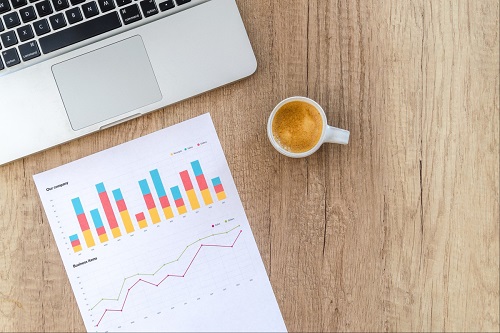
Check Your Credit And Interest Rates
Your credit and interest rates will determine what type of home you’ll be able to buy. If you don’t have a good interest rate, you may struggle to get into any house.
If your interest rate is high, it will make your payment more each month which may keep you out of the home you want to buy.
Check into these things early so you can have a better idea of where you stand. If you are planning to purchase a home in the distant future, there may be things you can do to improve these before you are ready to start a savings plan for a house down payment.
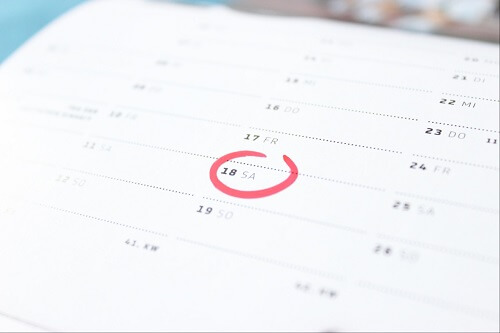
Decide On A Deadline
After you know how much you’ll need to save for a down payment, the next step is to set a deadline for yourself.
Whenever you are saving up a significant amount, it’s a good idea to set a time frame of when to have the money by. Goals always get the job done better!
For example, if you want to purchase your home five years from now and you’ll need a $20,000 down payment, you’d need to save about $4,000 each year or approximately $333 each month.
Having a deadline will help determine how much you can reasonably save each month and give you a goal to work towards. My Jumpstart Your Savings course will guide you to add $500 to your savings in the next 30 days!
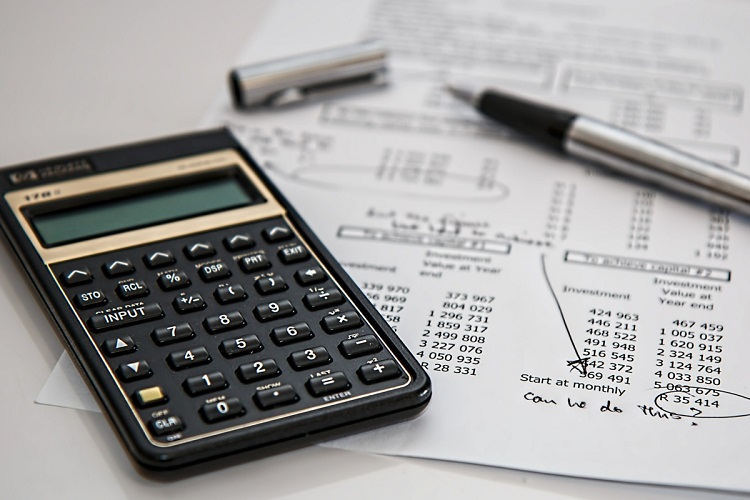
Put It In Your Budget
Once you know how much you need to save each month, it’s time to make some room in your budget to make sure you can save this amount each year.
This may mean earning extra income or cutting back on some expenses. Typically, it will be a combination of both.
Making room for your house down payment in your budget will help you save the amount you need to pay that down payment, and will also help you prepare for a tighter budget when you do purchase your home.
When we were preparing to buy a home, and switching from our apartment, the payment was going to be $400 more per month. We started setting aside that extra $400 immediately to prepare for our new monthly payment. It was a challenge, but once we moved into our home we were so glad we were already prepared for that higher expense.
It’s these house down payment tips that will get you prepared too!
BONUS FREE DOWNLOAD

Create A Plan For Your Money
These FREE Budgeting Spreadsheets will help you keep a pulse on your money (from the palm of your hand).
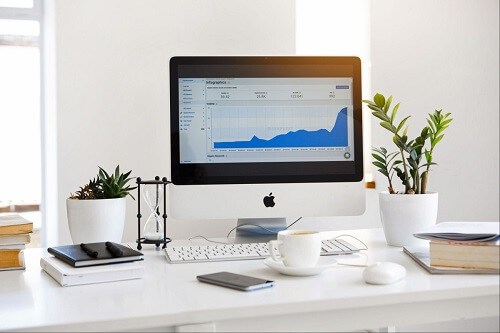
Make It Automatic
If you are a regular saver, then setting money aside each month might come naturally. If it doesn’t, you will likely need to automate your savings.
This means taking the money you’d put into your savings and having it automatically put into a separate account each month just for saving money for a house down payment.
This makes savings easier, and you won’t have to remember to do it each month! This also removes the temptation of spending the money, or not having it at the end of the month.
Click here for a free guide I wrote about how to boost your bank account overnight.

Save Any Extra Money
Birthdays, tax refunds, and other monetary gifts can be a tremendous and unexpected boost to your down payment.
While you are saving for a home, you should put these items directly into your home down payment fund!
This will help you reach your goal sooner, and if you have an emergency, you’ll be able to still contribute to your down payment fund.
Purchasing your first home can be one of the most exciting parts of adulthood.
So now is the time to create a savings plan for a house down payment because you need one!
And, these house down payment tips will help you figure out what you need to know to get the amount you need.
Plus, saving money for a house down payment is really important so you can finally get into your dream home.
After years of renting, you’ll finally have a place to call home!
If you follow these steps, you’ll not only be able to start saving for your house down payment today, but you’ll be that much closer to owning the home of your dreams.
YOUR TURN: What is one thing from this list you are going to do today to start your house down payment? Let me know in the comments below!
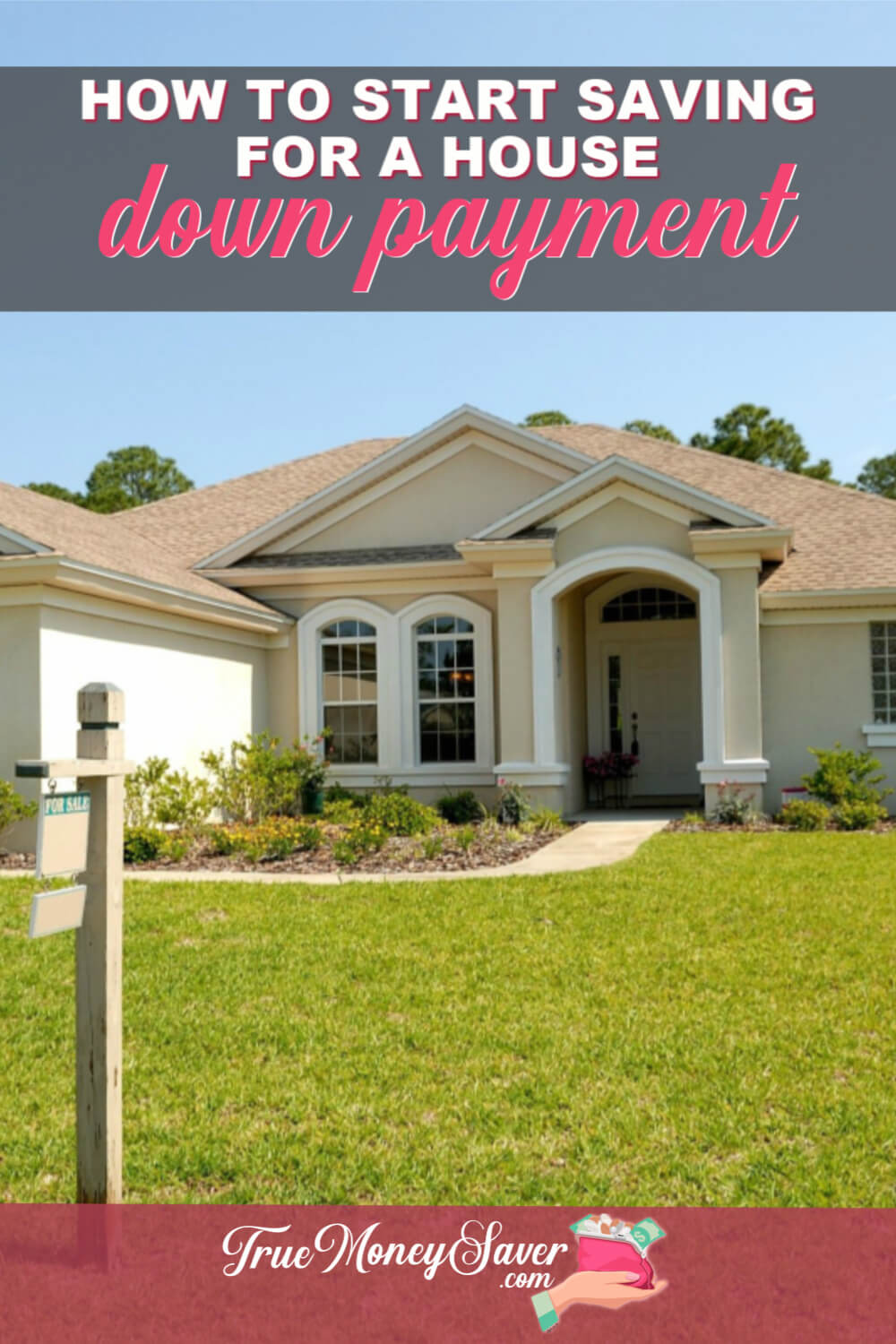
More Fun Articles To Read:
